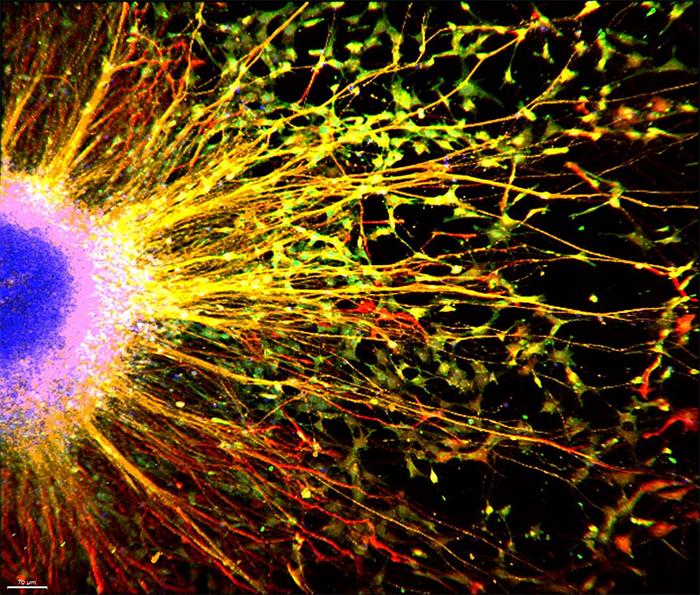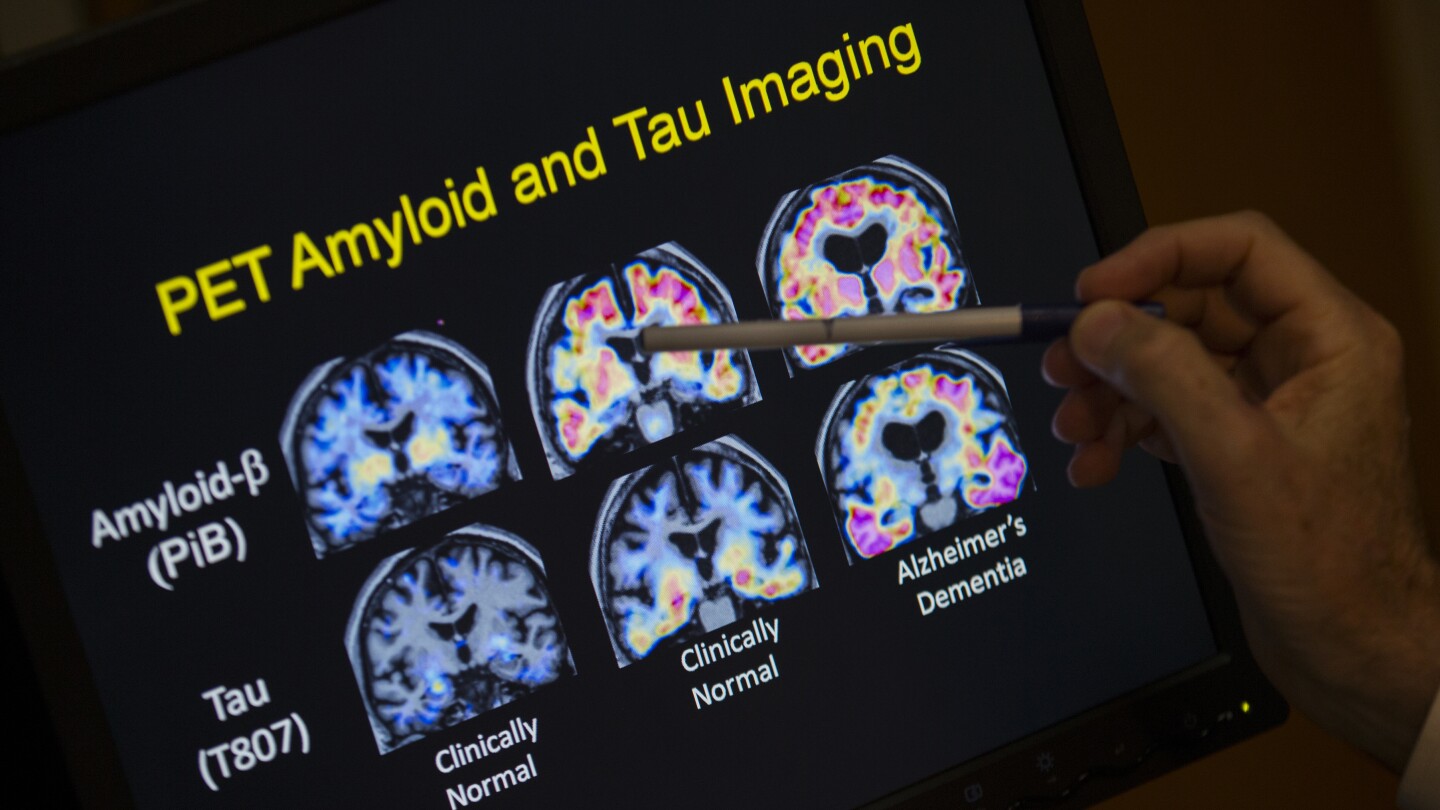WEDNESDAY, May 14, 2025 (HealthDay News) — Pathological fatigue is common up to 12 months after a diagnosis of transient ischemic attack (TIA), according to a study published online May 14 in Neurology.
Birgitte Hede Ebbesen, from the Aalborg University Hospital in Denmark, and colleagues conducted a prospective cohort study involving patients with TIA to explore fatigue up to 12 months after TIA. Fatigue was measured using the Multidimensional Fatigue Inventory (MFI-20) and Fatigue Severity Scale at baseline (14 days) and at three, six, and 12 months after discharge.
Data were included for 354 patients, 287 of whom provided baseline responses. The researchers found that the mean level of general fatigue on MFI was 12.3 ± 4.6, 11.9 ± 4.6, 11.4 ± 4.5, and 11.1 ± 4.5 at baseline, three, six, and 12 months, respectively, and the proportions of patients with pathological fatigue (≥12 on the MFI-20 General Fatigue) were 61.3, 53.5, 54.0, and 53.8 percent, respectively. The prevalence of acute infarction was similar for patients who did and did not report fatigue. Previous anxiety/depression occurred twice as often in the group that reported fatigue. Compared with a model only including sex, age, and acute infarction, the model including baseline level of fatigue, sex, age, and acute infarction was able to explain variability in the reported data to a statistically significantly higher extent.
“Our results indicate that we need to assess levels of fatigue in the weeks after discharge because this greatly improves the ability to identify patients at risk of lasting fatigue and thereby in potential need of fatigue management,” the authors write.
Abstract/Full Text (subscription or payment may be required)
Editorial (subscription or payment may be required)
Copyright © 2025 HealthDay. All rights reserved.











